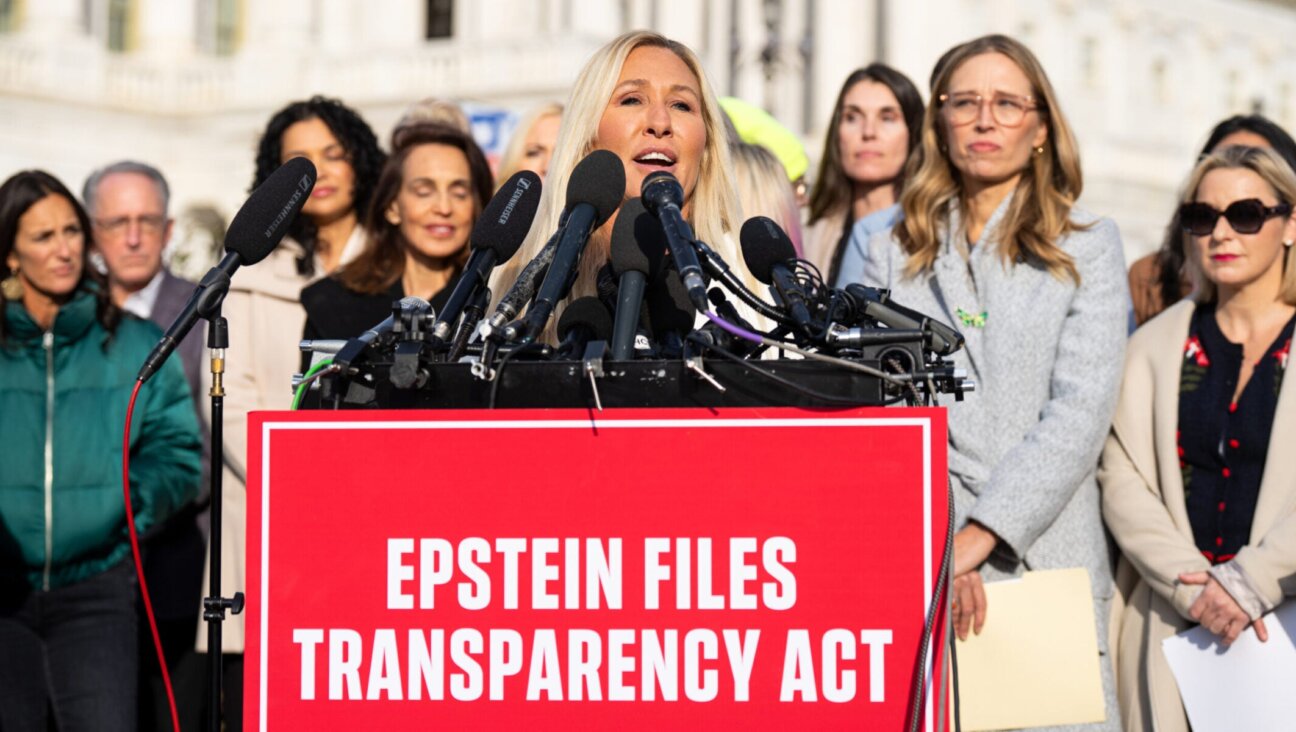Jerusalem Dig Bares Site of ‘Miracle’ Quarry
In “The Buildings of Justinian,” the Byzantine historian Procopius of Caesarea wrote at length about the churches the emperor built in the 6th century. He related a miracle that occurred during the construction of the Nea Church, in what is now the Jewish Quarter of Jerusalem’s Old City:
“God revealed a natural supply of stone perfectly suited to this purpose in the nearby hills, one which had either lain there in concealment previously, or was created at that moment,” he wrote, adding, “So the church is supported on all sides by a number of huge columns from that place, which in color resemble flames of fire … exceptionally large and probably second to no columns in the whole world.”
Procopius was recently cited by Prof. Yoram Tzafrir in an article about the Nea church, one of the most important built in Jerusalem, because one of the quarries for these miraculous columns has now been unearthed.
Work on a new building on Abarbanel Street, in the Rehavia neighborhood, has revealed what may have been a source of the monolithic columns. A large, carved stone column was discovered beneath the foundation of an old building that was demolished to make way for the new one.
The Israel Antiquities Authority halted construction and began studying the column, which is 6 meters high and 80 centimeters in diameter. These proportions correspond to building practices of the period.
For more, go to Haaretz.com














